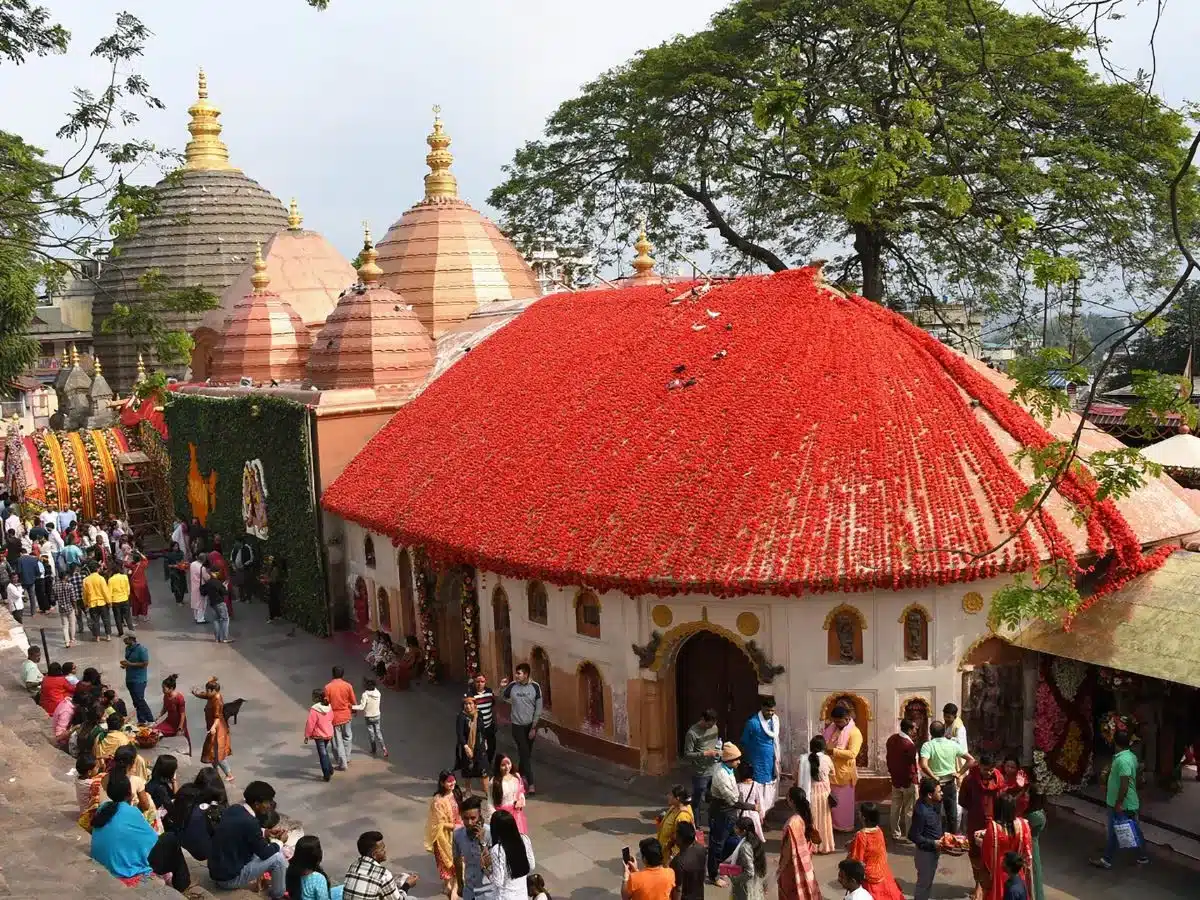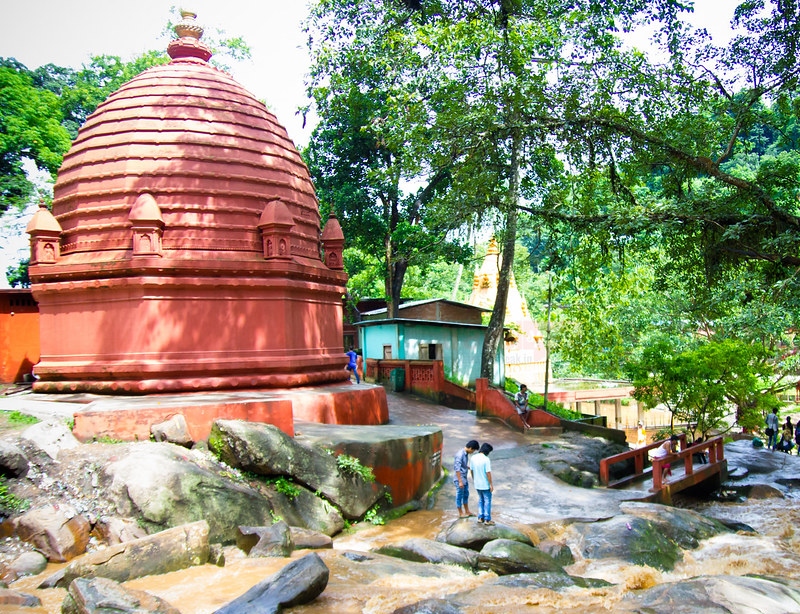Exploring the Essence of Assamese Thali
A Culinary Delight of Assam
Assamese Thali is more than just a meal; it’s a celebration of Assam's unique culinary heritage, a perfect blend of simplicity, balance, and rich flavors. Rooted in the cultural traditions of the region, the Assamese Thali offers a harmonious array of dishes that beautifully reflect the essence of Assam’s food philosophy. Each component in the thali is meticulously crafted to offer an unforgettable experience, combining the freshness of local ingredients with age-old cooking methods. Let’s dive into what makes the Assamese Thali a must-try for every food lover visiting Assam.

The Elements of an Authentic Assamese Thali
1. Rice (Bhat)
Rice is the centerpiece of an Assamese Thali. Grown abundantly in Assam, rice holds significant importance in Assamese culture. Served hot and fluffy, the rice acts as a neutral base for the vibrant curries, dals, and accompaniments. Some traditional thalis even offer Bora Saul (sticky rice) for a different texture and flavor.

Khar is a quintessential Assamese dish and is usually the first item to be served in the thali. It is a unique preparation made with raw papaya, pulses, and a special ingredient called khar, derived from sun-dried banana peel ashes. The dish has a distinct alkaline flavor and is believed to aid digestion, serving as a flavorful appetizer for the meal.

3. Dal (Lentil Curry)
Assamese Dal is typically light and mildly spiced, complementing the other flavors in the thali. Lentils like masoor (red lentil) or moong (yellow split gram) are commonly used, often seasoned with mustard, garlic, green chilies, and a hint of lemon.

4. Tenga (Sour Curry)
The star of an Assamese Thali is often the Tenga, a light and tangy fish curry that adds a refreshing flavor to the meal. Prepared with tomatoes, elephant apple (ou tenga), or lemon, Tenga is made with local freshwater fish, imparting an authentic Assamese taste.

5. Aloo Pitika (Mashed Potato)
A simple yet flavorful side dish, Aloo Pitika is a staple in Assamese cuisine. The dish comprises mashed boiled potatoes mixed with mustard oil, green chilies, onions, and coriander. It adds a comforting element to the thali and pairs well with rice and dal.

6. Vegetable Curries and Fry (Bhaji and Sabji)
A variety of seasonal vegetables like pumpkin, gourd, leafy greens, and bamboo shoots are used in Assamese thalis. These vegetables are prepared in different styles: simple stir-fries, light curries, or saag (leafy greens) cooked with minimal spices, preserving the freshness and natural flavor.

7. Fish or Meat Curry
Assamese Thalis often include a non-vegetarian curry, usually fish, duck, or chicken. The fish is typically sourced from the Brahmaputra River, known for its freshwater varieties. For meat lovers, a duck curry (usually cooked with ash gourd or bottle gourd) is popular, reflecting the traditional flavors of Assam.

8. Chutneys and Pickles (Achar)
No Assamese Thali is complete without a variety of tangy and spicy accompaniments. Various chutneys like mint, coriander, and tomato add layers of flavor, while homemade pickles made from bamboo shoots, mangoes, or green chilies offer a burst of heat and tang.

9. Doi (Curd)
A small bowl of fresh curd, or Doi, adds a creamy and cooling element to balance the spicier components of the thali. This curd, often made at home, is rich and flavorful and aids digestion.

10. Desserts (Pitha, Payas, or Jolpan)
To conclude the meal, a traditional Assamese dessert is served, such as Pitha (rice cake), Payas (rice pudding), or Jolpan (snack made with flattened rice and curd). These sweets bring a delicate end to the meal, often flavored with jaggery, sesame seeds, and coconut.

The Cultural Significance of Assamese Thali
An Assamese Thali is more than just an array of delicious dishes; it embodies the respect for seasonal ingredients and local produce, with a focus on nutrition, balance, and natural flavors. Each component represents the diversity of Assam’s agricultural bounty and the influence of its rich cultural heritage. Many items on the thali, like Khar and Tenga, are believed to have medicinal qualities, reflecting the Assamese philosophy of food as a path to wellness.
Where to Experience an Authentic Assamese Thali
For those keen to experience an Assamese Thali, several eateries in Assam specialize in serving traditional meals that capture the soul of Assamese cuisine. Cities like Guwahati, Tezpur, and Jorhat are home to restaurants that offer well-curated thalis. Additionally, many rural households in Assam welcome guests with authentic meals, providing an immersive experience for those looking to connect with local culture.
Conclusion
An Assamese Thali is a gastronomic journey that offers a glimpse into the flavors, traditions, and warmth of Assam. Its diversity and balance make it a feast for both the taste buds and the soul, presenting Assam's culinary richness in every bite. For those traveling to Assam, indulging in an Assamese Thali is not just recommended—it’s essential to truly understand and appreciate the heritage of this remarkable region.












